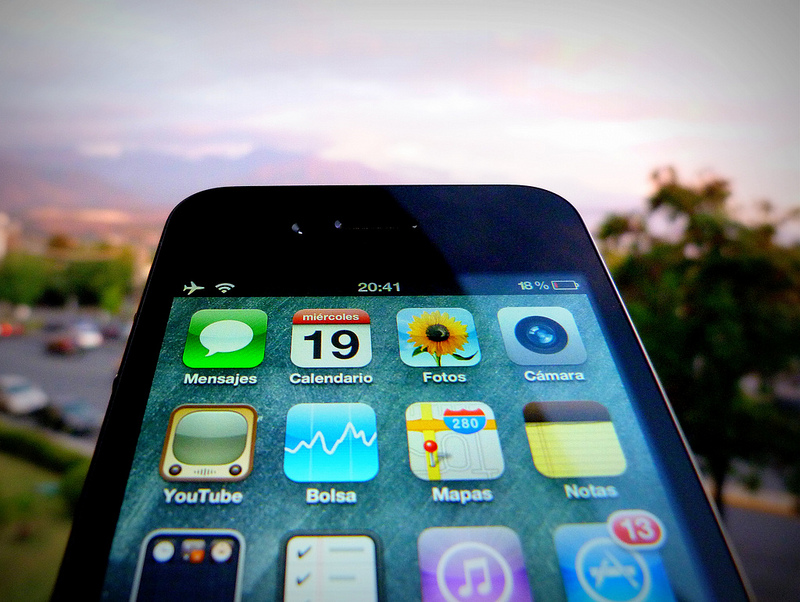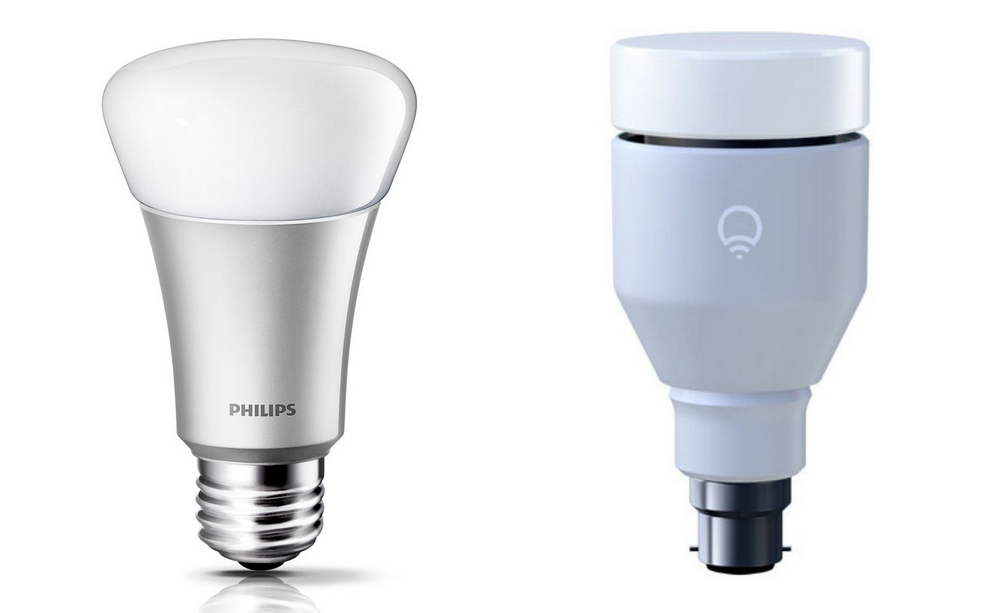Are Wearables The Next Big Thing in 2014?
A new hype appear in town, technology that is wearable. New watches, glasses, wristbands and other sensors will be flooding the market in 2014. With companies such as Fitbit Jawbone, Pebble and Nike+, other startups seem to be flooding the industry with the potentials profit in sights.
Forecasted by Canalys, the wearables market will grow from over 17 million in the beginning of 2014 to over 45 million by 2017. With segmented prices of $70 to $200, wearable will be lading the Internet of Things revolution in 2014. Larger companies such as Apple, LG and Samsung will help with this push by putting out their new watches Nevertheless new iterations of the Fitbit, Withings and Nike+ will make the wearables transform the market of sports, fitness, and health segments this year.
With the emergence of Bluetooth Low Energy (4.0) by Apple and the iBeacons (Android 4.4) most brands can connect their watches with smart phones quite simply. Smartphones seem to be the main controlling device for the IoT market in the future.
The fragmentation of new apps and gadgets will most likely ruin the experience of people trying to connect devices among each other. This is why thethings.iO is preparing the dashboard as a tool to inter-connect all of your gadgets. We are creating a transparent tool to allow people to connect, interact and manage their gadgets, glasses, bands, and watches with a great user experience.
Join thethings.IO to get access at the BETA dashboard and don’t forget to follow us on Twitter and be sure to check out our #IoTFriday blog!



